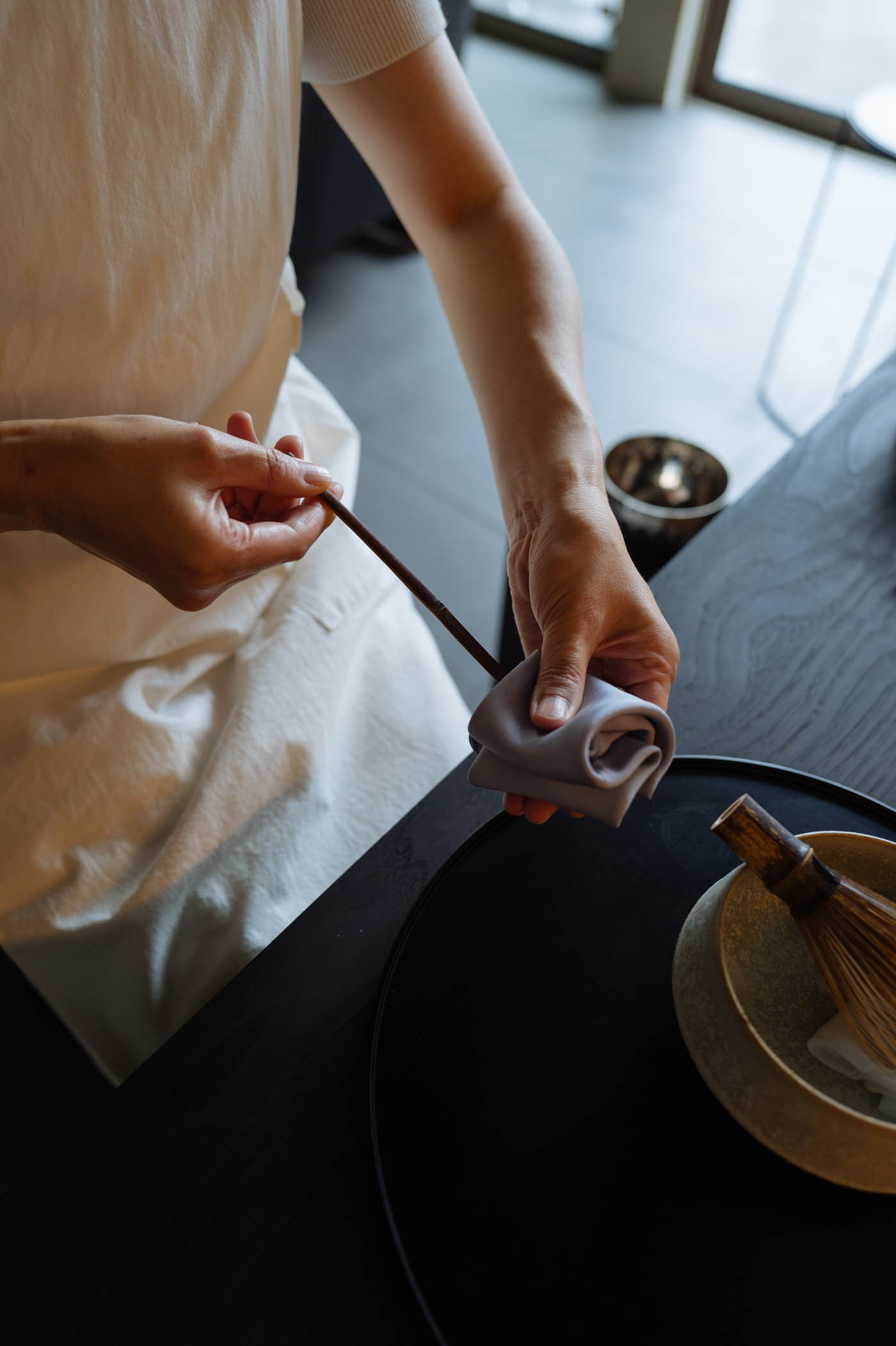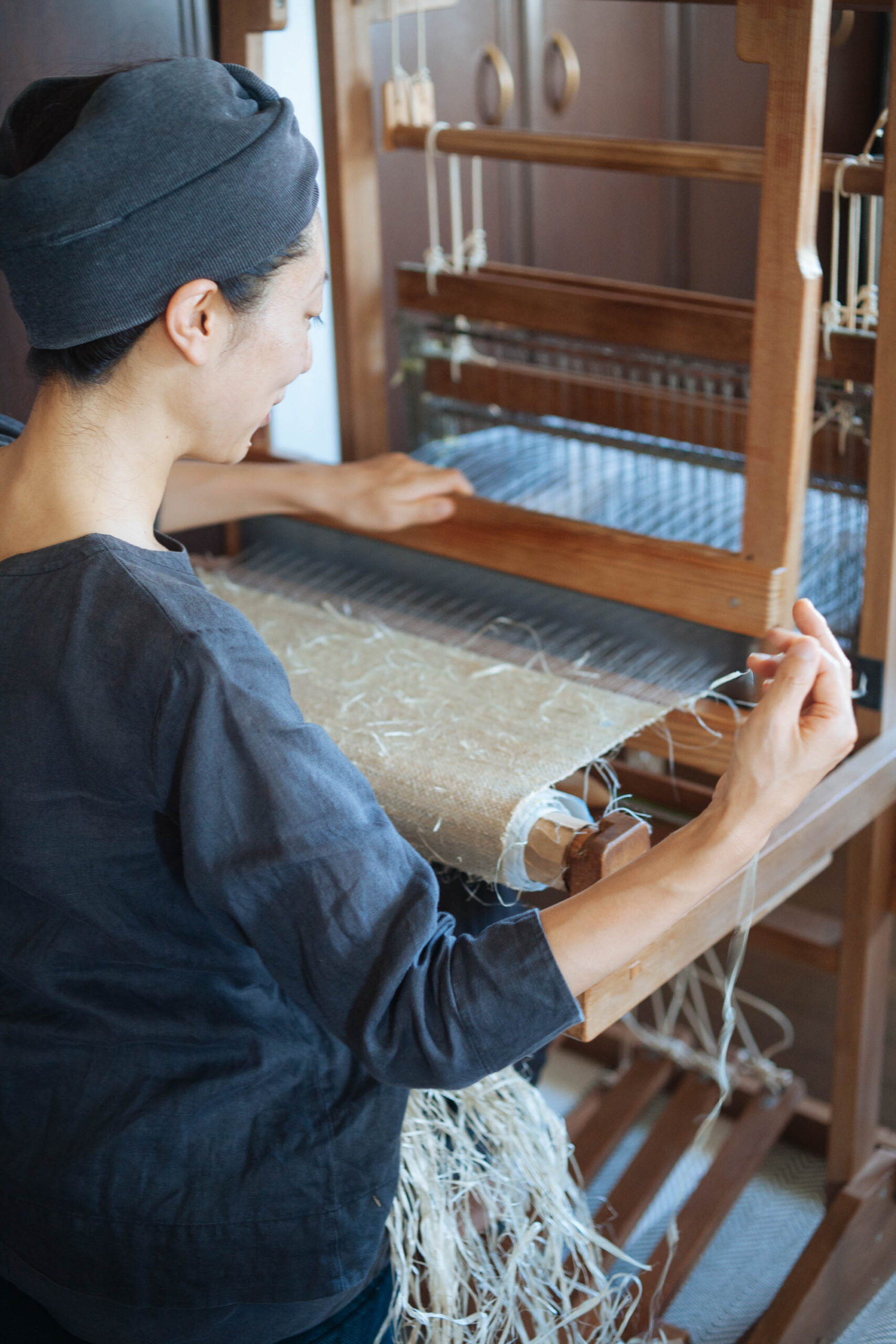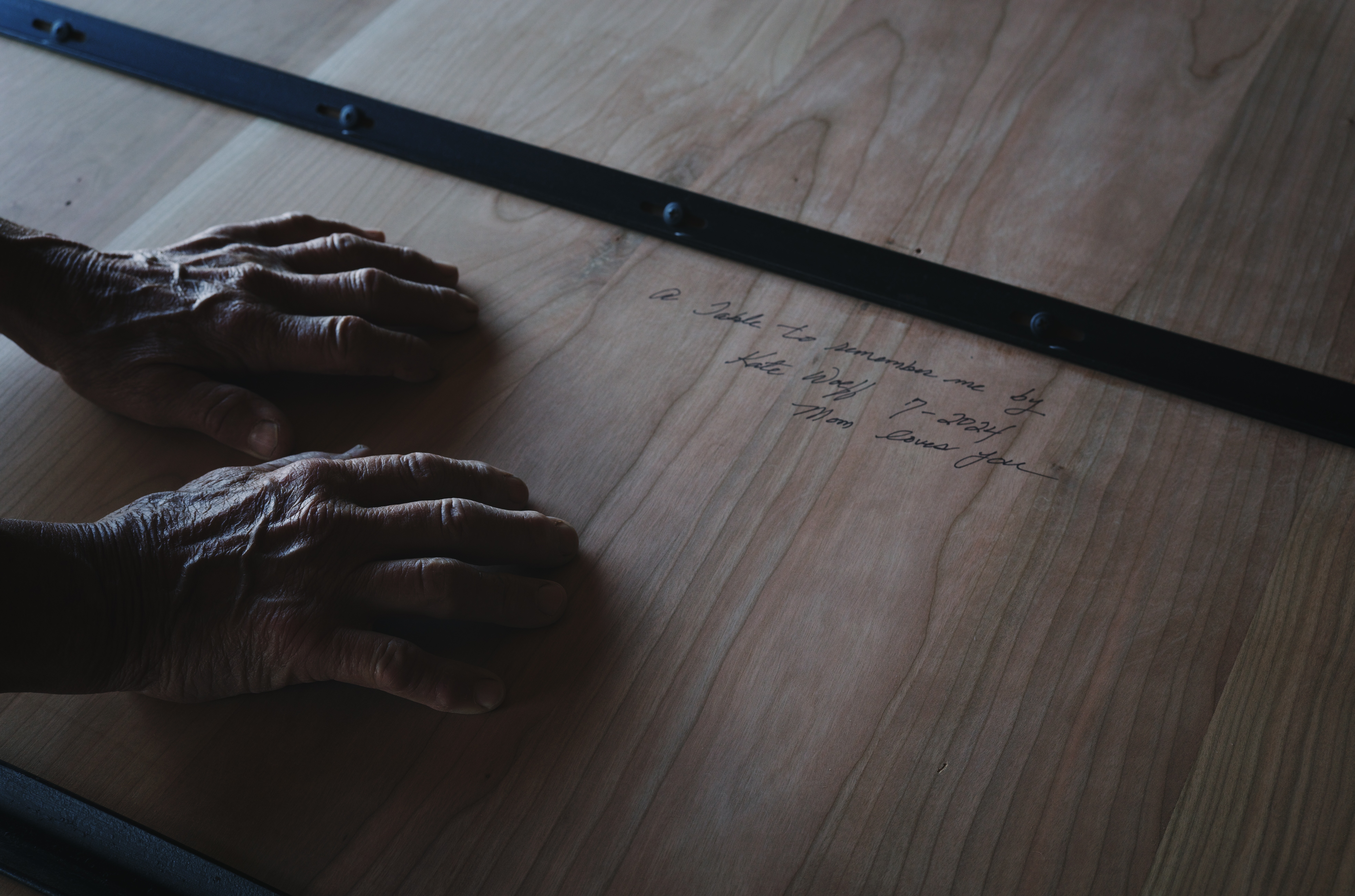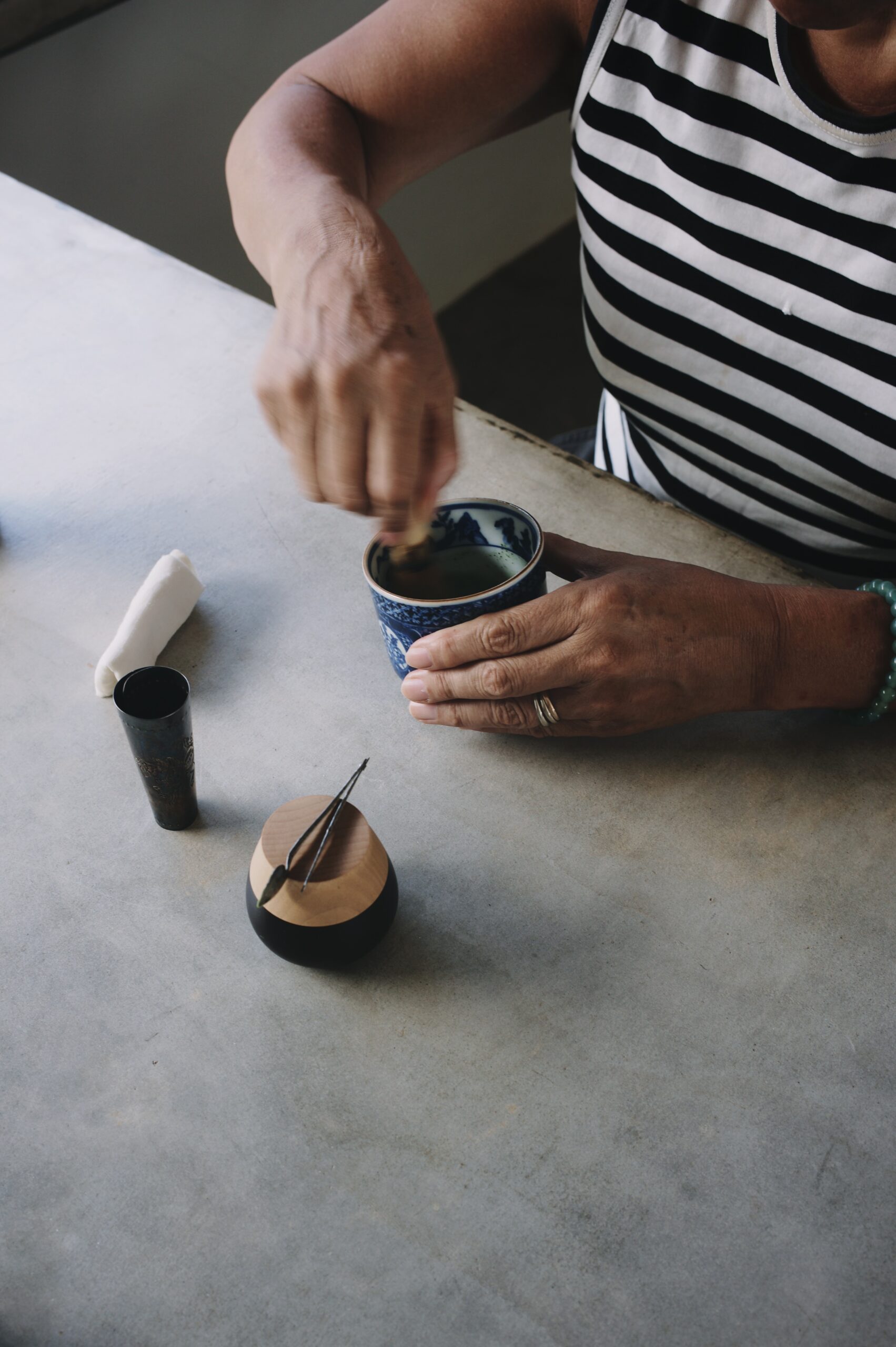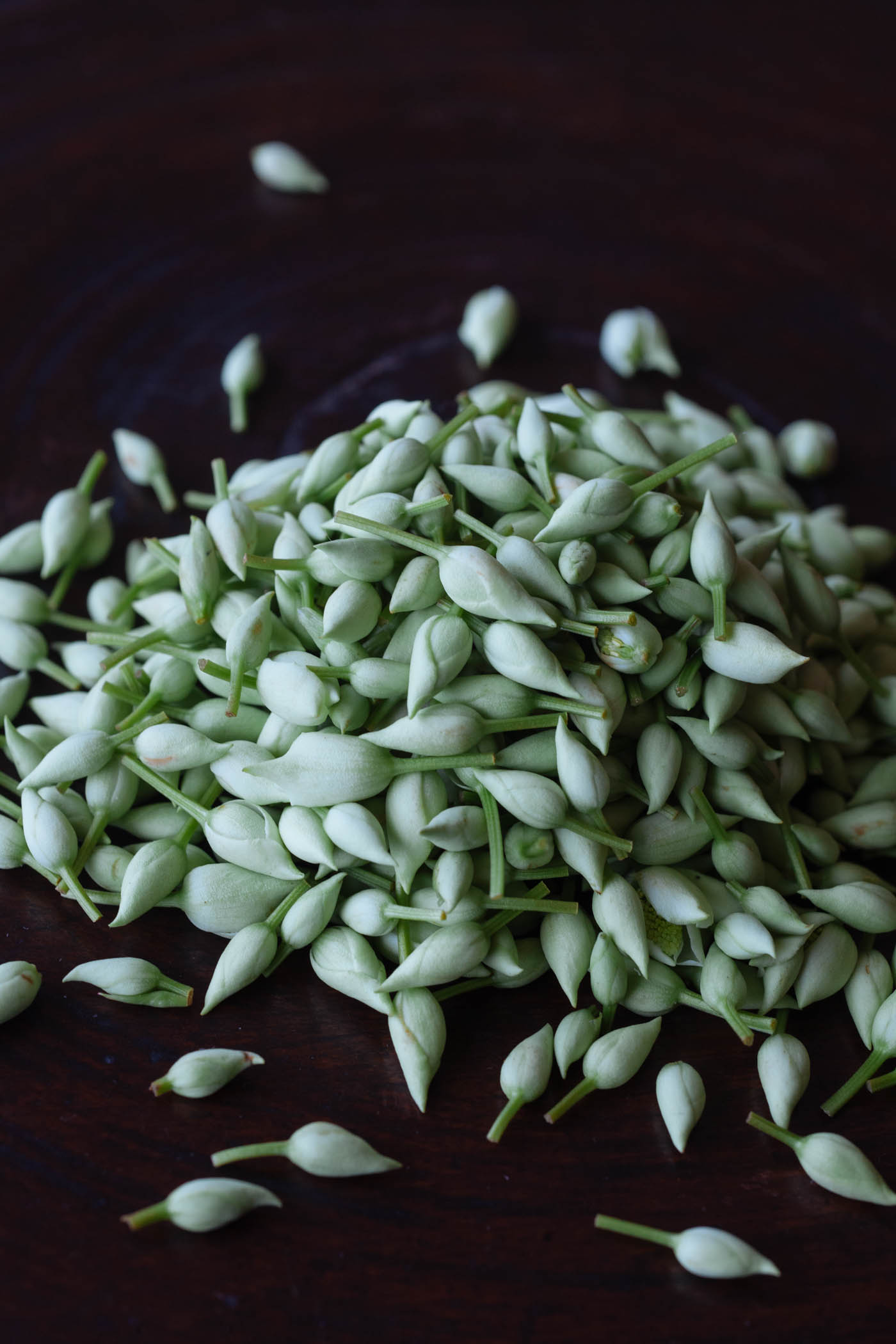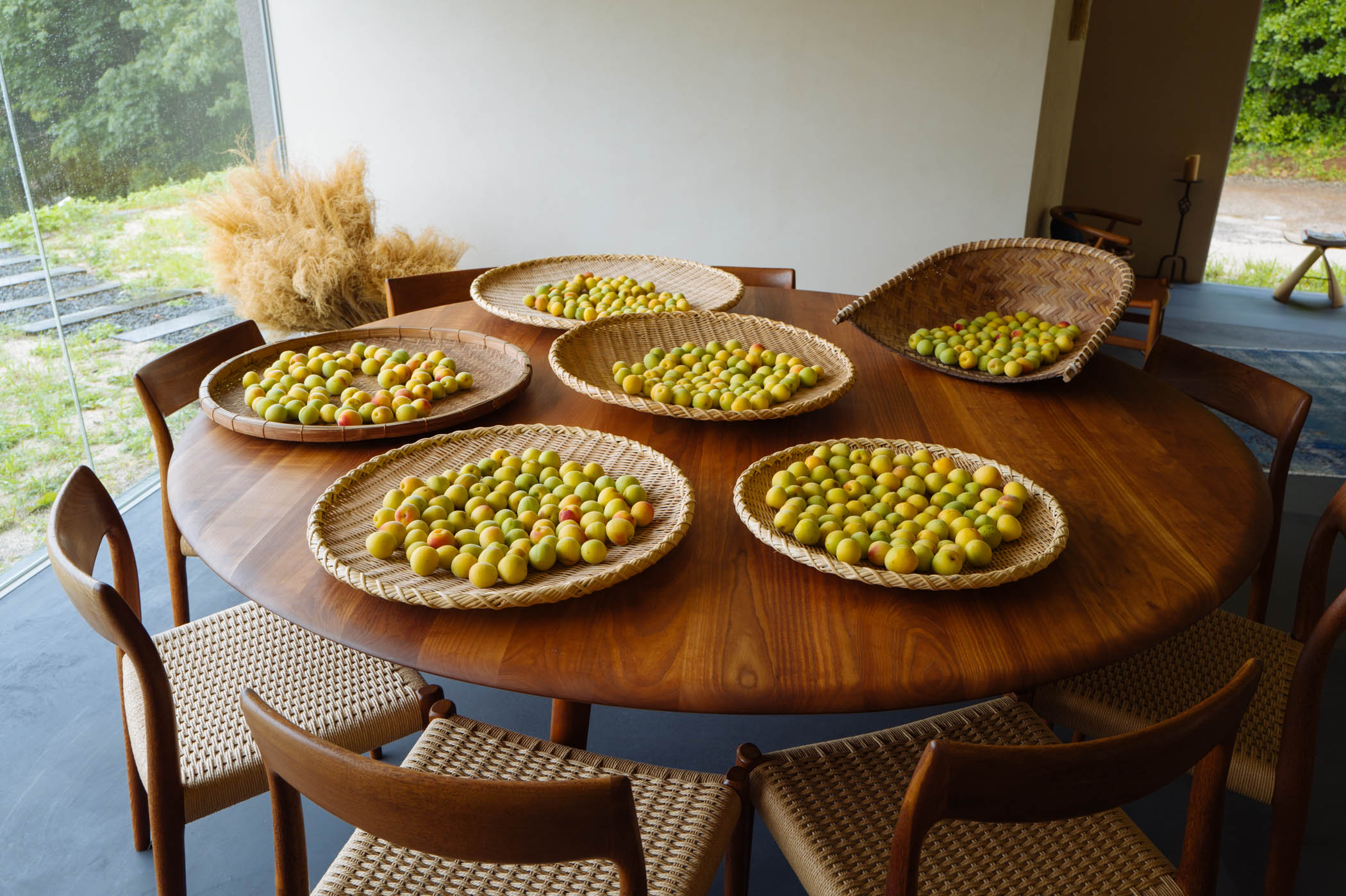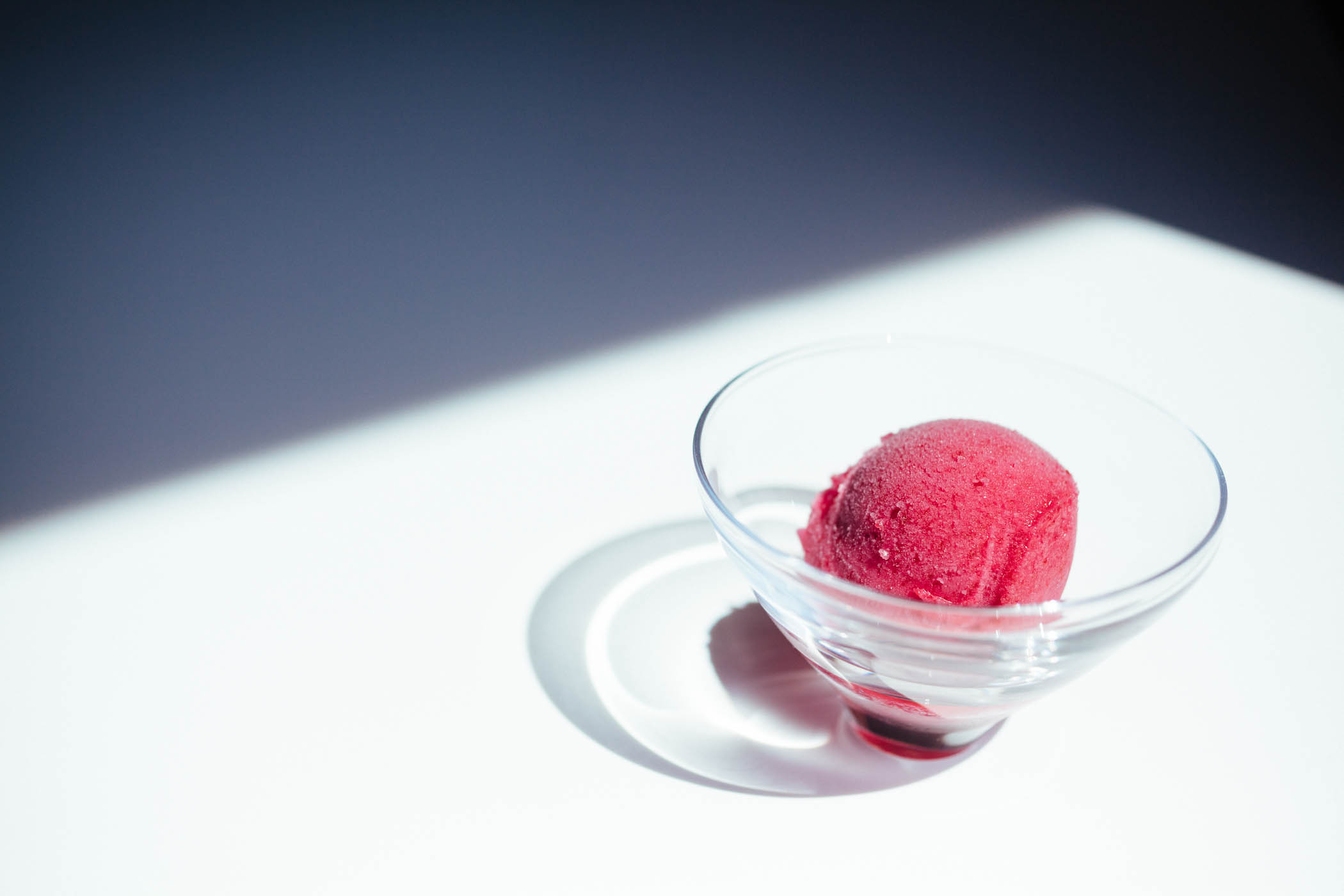A harmonious table setting
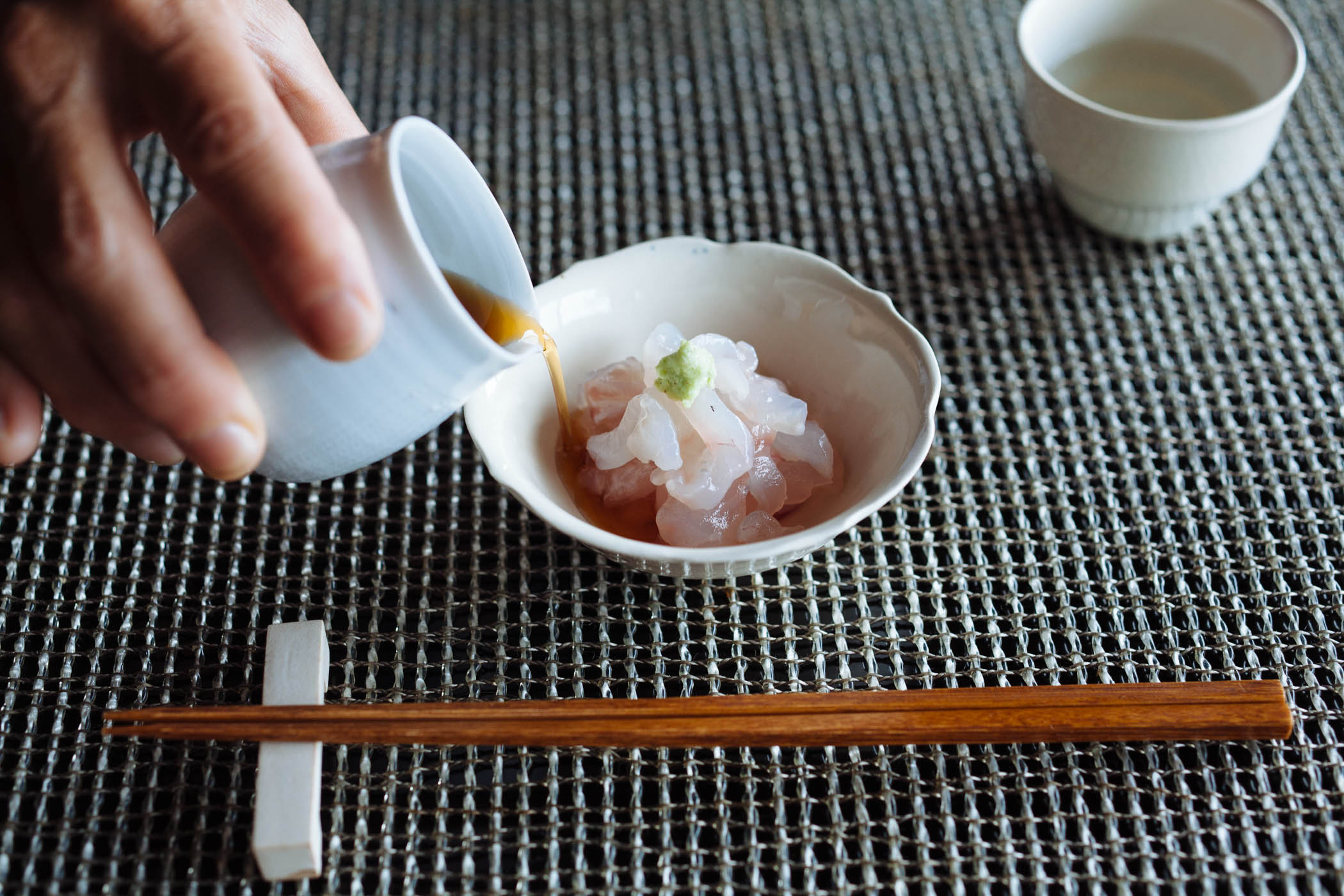
An August storm charges in with a battle cry. Lightening fractures a thick sky and thunder roars. I hear the sirens on the hilltop golf course behind the house shrieking for all to take cover. The wind whips the trees as a downpour begins. I stand at the door as heavy drops pelt the deck and bounce through the screen splattering my bare feet with a soft mist. Soon the floor is wet and I reluctantly close the heavy sliding door. I love to watch storms and wish for a covered porch like we had as a kid in New England where I would sit through summer storms, immense and intense, watching streaks of electricity twining from earth to sky. I still find them electrifying and can’t help but stop what I’m doing and watch with awe and excitement. Summer does not wish to go but for a moment, as the rain lets up, the heat retreats and a current of cooler air glides in. I open the door again and step outside. The evening feels fresh. Dozens of dragonflies zip about in the muted light against a sky growing simultaneously lighter and darker as the storm lifts and evening descends. The only sign of autumn’s approach is dusk falling noticeably quicker and earlier. The light no longer lingers endlessly into the evening but slips away like sand through the waist of an hourglass as dragonfly silhouettes whirr overhead.
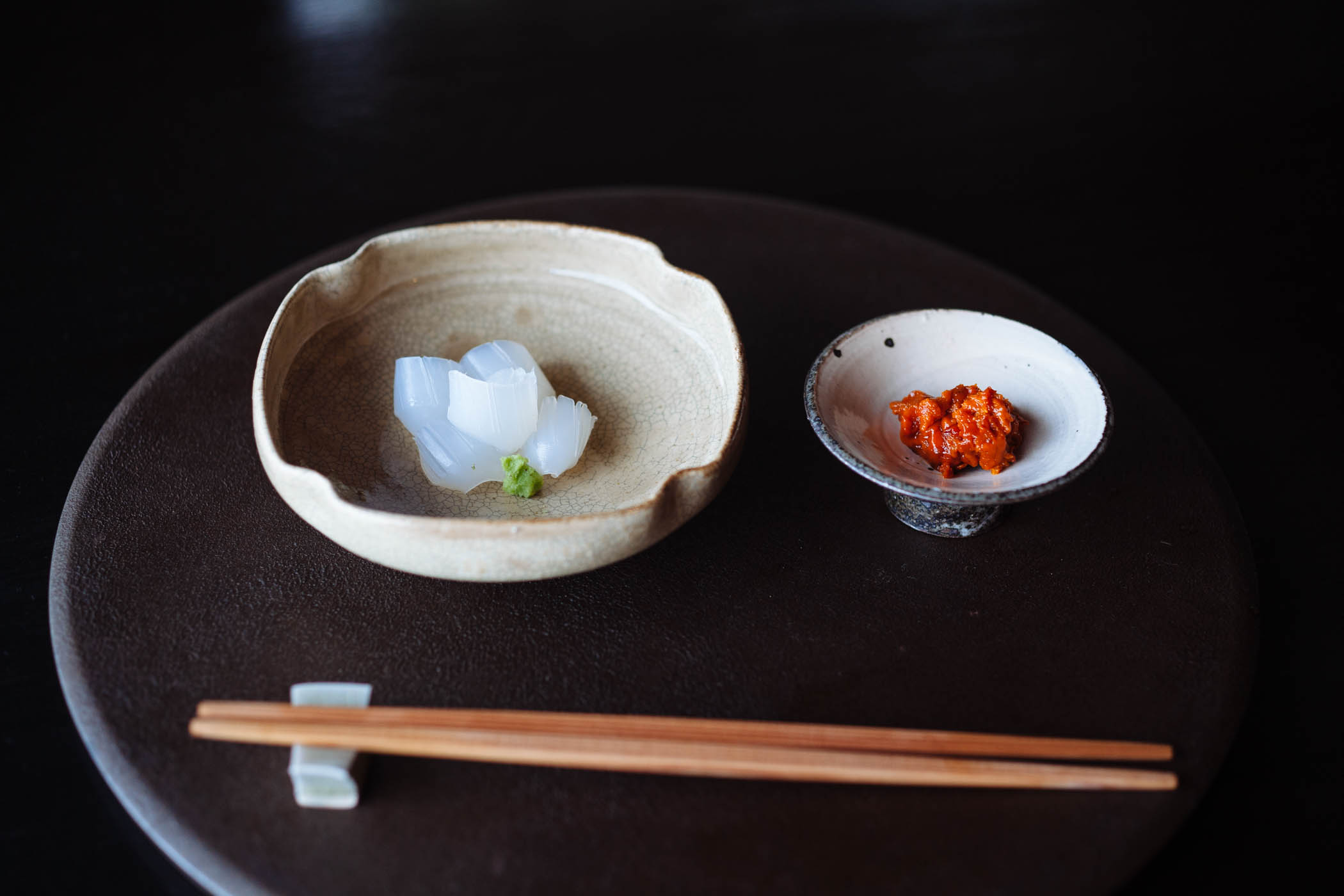
What is the musicality of a meal in Japan? a young man once asked me. I had just given a slide talk on kateirtori home cooking and he, a musician, was curious. He had always found the convivial cacophony of clinking glasses and dinnerware and conversing voices one of the enduring pleasures of a meal, he said. Something in the images I had just shown sparked him to wonder if it was different in Japan. In all my investigations and writings on food in Japan, I had never really considered sound before. Indeed meals in the States are percussive, the clatter of cutlery on ceramic dishes as forks are set down, as soup is spooned out of bowls, as knives click their way through something on our plate or pull a tab of butter from the block. Wine glasses clink for toasts. Whether in the next room or on the screen, the strain of a western meal heard through the chatter of china, glass, and silver, is immediately recognizable. Meals around the table in Japan are by no means quiet, but the register is defined, at least at our table, mostly by voices, voices emboldened with a bit of drink telling stories embellished for dramatic effect and by the cries of protest when characters at the table are miscast, followed by many rounds of raucous laughter. But take away the voices of merry diners and meals at the table in Japan are quiet. The sound of cutlery is absent here where chopsticks made of wood are the only utensils set at the table. Their sound, if there is one, is only a soft tap against ceramic dishes or a quiet rub when corralling the last grains of rice in a bowl.
The choice of utensils determines much about the meal. Since the table is not set with knives all cutting happens in the kitchen. Foods are sliced into a size that can be easily maneuvered with chopsticks. The largest item you’ll find at the table is a morsel that can be lifted and bitten in half. The smaller serving size of things directs plating. These bites of food are lined up, stacked, or mounded with care in rhythmic arrangements, the number of pieces considered in accordance to the number of people seated around the table. And the mannerisms at the table are quite different. Where a spoon would be required, the bowl is lifted and the broth of a soup or simmered dish is sipped. To this end ceramics and lacquer bowls are defined by their weight and balance, by the feel of the foot in the hand, by the way the lip of the dish meets our own. Food defines the shape of ceramics too. Plates and bowl alike more often than not have a small foot, easy to hold, and bit of a curve to contain liquids as they are sipped. They are not well suited to a western table. It’s troublesome to cut with a knife and spear with a fork in dishes balanced on a small base as the pressure of a knife or fork tips them easily.
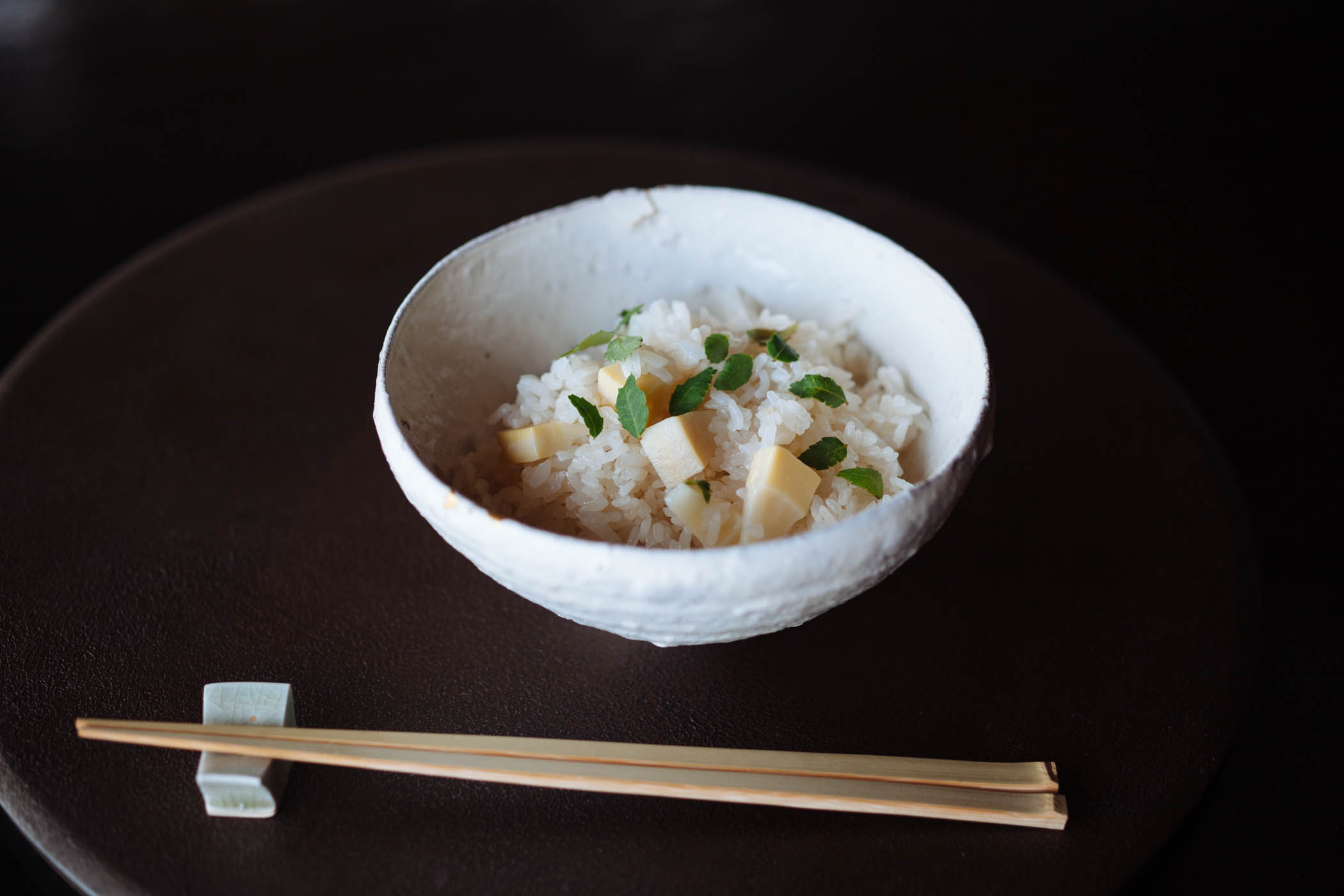
I have grown to prefer chopsticks for their feel and versatility. The graceful grip of a hand familiar with holding chopsticks is lovely to behold, the way they rest in the crook of the thumb, the lower one pinched and held stationary, the upper one guided to meet it. Wooden chopsticks are gentle against the delicate edges of ceramics and tender towards the sheen of lacquer. Pointed wooden tips softly meet the lips with warmth and are said to absorb spirit of the person using them. At home among family and friends we each use our own pair to serve ourselves from the family style meal. In more formal occasions, we pull out toribashi, serving chopsticks beautifully crafted in varying sizes. We rest them snuggled together on the rim of a serving bowl, dedicated to that dish, where they stay when not in use.
I have also grown so fond of cooking with saibashi, long wooden chopsticks, and now even prefer them to slotted spoons and tongs in my kitchen in the States. They are the perfect tool for flipping bacon and pulling toast out of a hot countertop oven. They define the cadence of movements in the kitchen and I find them much more versatile and useful for the tasks of preparing meals. They reach far into the umeboshi jar to pluck out one plum without harming the others. They coax stems into boiling water and pull blanched vegetables from it. They briskly stir a sauté, gently nudge simmering vegetables around in a broth, and retrieve crisply battered bits from hot crackling oil. Far more dextrous than a spoon or spatula, they aid in plating too. With them vegetables are perfectly stacked one by one, marinated vegetables are lifted pinch by pinch and mounded in a bowl. They bring a calm and quiet to the kitchen, humming to the tune of washing, chopping, simmering, and sautéing.

